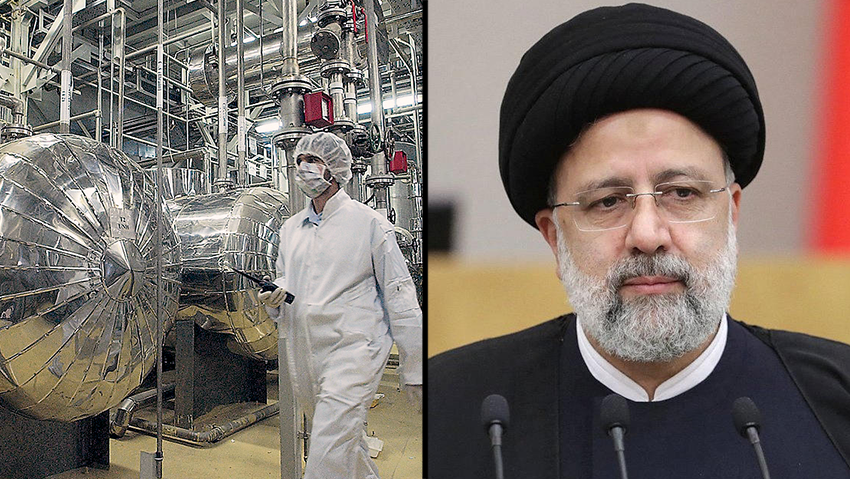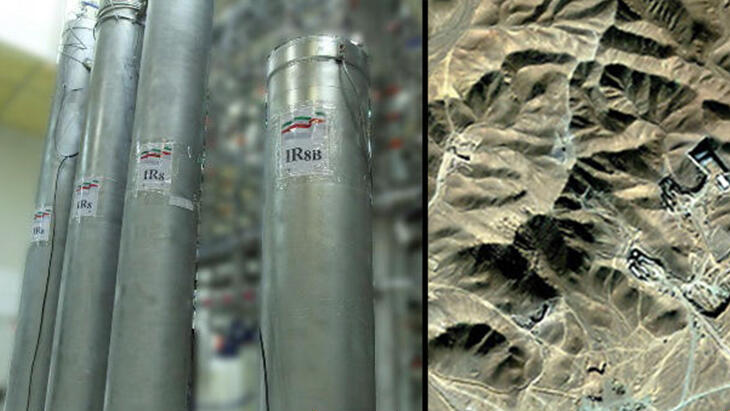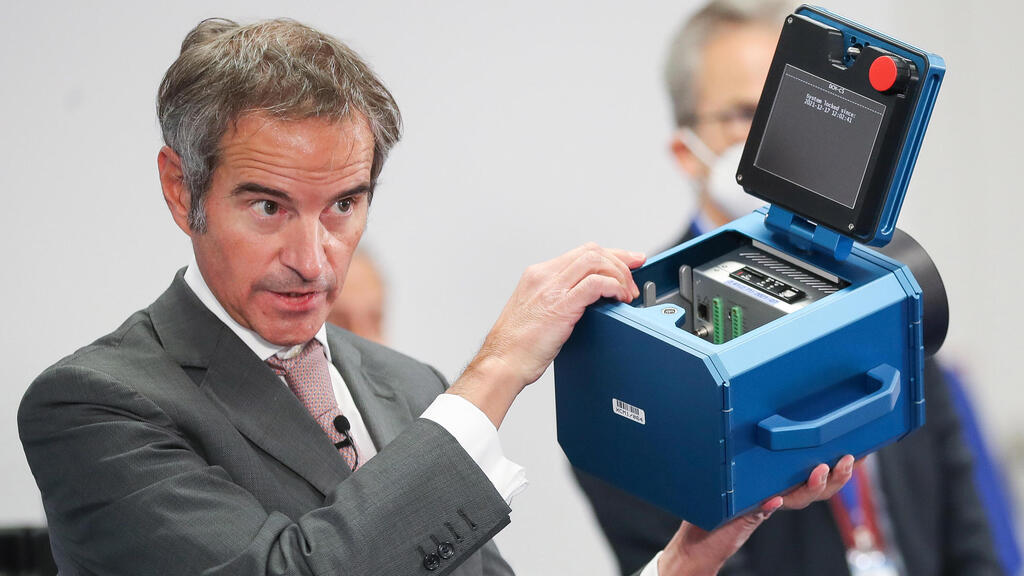The final draft of the nuclear deal with Iran, proposed by the European Union in July, is split into four stages during, which both Iran and the United States commit to consolidate trust and improve their bilateral ties.
To remind you, that deal was signed in 2015, implemented in 2016, and dismantled in 2018 - when former U.S. President Donald Trump pulled out of the agreement.
On the face of it, the pending deal maintains balance between Iranian and American concessions, but a closer look reveals the pace of sanctions' removal is greater than the schedule for Iran to quit its uranium enrichment and get rid of its stocks of already enriched material, as well as its centrifuges.
According to the deal, the International Nuclear Energy Agency (IAEA) will return to fully inspect Iran's nuclear program and demand explanations for the violations of the original agreement.
It must be noted that the emerging deal addresses only the fissile material needed to build a bomb, and not other components of Iran's military nuclear program, including its development of nuclear warheads and the missiles needed to have them delivered to the target.
The deal also ignores Iran's belligerent policies in the Middle East and its use of proxies to destabilize the region.
Phase one
The first phase of the deal is the signing of the agreement and the revival of the so-called Joint Comprehensive Plan of Action. (JCPOA) Before that comes into effect, Iran and the U.S. will exchange prisoners and free frozen Iranian assets and funds.
The administration will also begin to remove some sanctions from Iranian individuals, and in response, Iran will suspend uranium enrichment over the 20% threshold allowed by the JCPOA, and cease the production of new centrifuges.
Although Iran will at that point still retain its stockpile of enriched uranium, this stage will abruptly stop Iran's advancement toward nuclear capability. But the IAEA will not yet have full access to nuclear sites, so the U.S. and its Western allies will be forced to trust the leadership in Tehran and hope that any attempt to hide enriched material will be detected by intelligence agencies.
In the first 60 days of the deal, Iran will be given assurances that the U.S. will not withdraw from the agreement for at least two years.
U.S. Congress will be able to oppose the agreement but after legislation, the president will have veto power, leaving the deal in place unless two thirds of the Senate votes to dissolve it.
Iranians with good reason, fear the November mid-term elections in the U.S., likely to result in a Republican majority in the House of Representatives and the Senate. It could bring about a second American withdrawal from the deal.
The Iranians, after their demand for written assurances from the administration that the deal would be honored at least until the end of U.S. President Joe Biden's first term, insisted that should sanctions be imposed in future, Washington will not target companies trading with them. That demand was rejected.
Phase Two
In phase two, Iran will be allowed a one-time sale of 50 million barrels of oil and ability to negotiate international energy and air transportation deals.
This will enrich the Iranian purse with billions of dollars, and can be seen as a magnanimous gift to Tehran, even before any of the uranium that was enriched in violation of the original deal is removed, and before the IAEA is able to inspect the nuclear program.
The only thing the deal demands from Iran in this phase, is that they cease their enrichment of uranium beyond 5%.
Phase three
In phase three of the deal, which will come into effect 120 days after it is signed, Iran will be allowed to possess 300 kilograms of low-grade uranium, as well as a small amount of uranium enriched to no more than 20%.
It is unclear what will be done with the uranium already enriched to 60%, which Iran holds. It is difficult to store such material outside of Iran because of its dangerous levels of radiation. Iran currently possesses 20 to 40 kilograms of the material, still short of the required 58 kilos needed to make a nuclear bomb.
In practical terms, in the first three months of the agreement, the IAEA will be unable to inspect Iran's nuclear program. Iran will be able to produce advanced centrifuges and hide enriched material.
In fact, only four months from the signing of the deal, the IAEA will once again have access to inspect nuclear sites. Meanwhile, the sanctions imposed on Iran by the United States will be completely removed.
Phase four
The fourth stage, which will come into effect 165 days after the deal is signed, would effectively see the original nuclear deal fully restored.
At this stage, the U.S. would lift the embargo on conventional arms sales to Iran and give permits to Iranian agents to trade with the Americans. Iran for its part would dismantle part of the centrifuges it had installed after Trump withdrew from the deal.
The EU draft has still not been accepted by the United States, and further negotiations are underway.
Israel has been attempting to affect a final agreement and officials have been in talks with their American counterparts in recent weeks in an effort to influence the final decision.
In a briefing with political reporters on Sunday, Prime Minister Yair Lapid said there should be "a better and longer" agreement, which would prevent Iran from obtaining a nuclear weapon quickly and easily.




